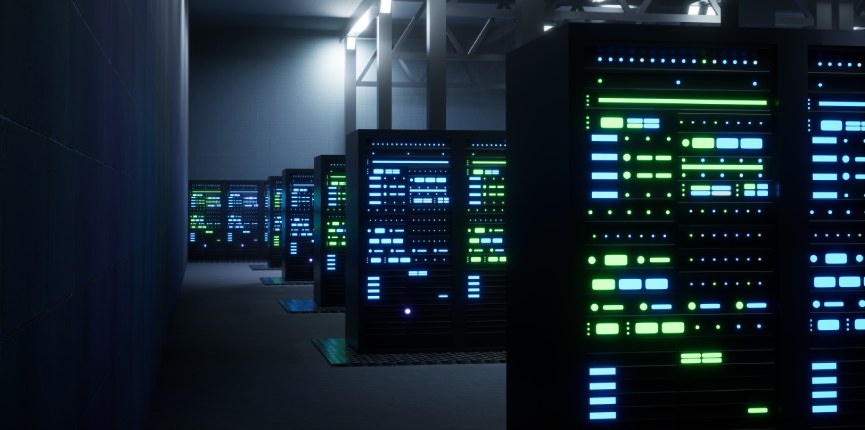

Supercomputing has its roots in the 1960s when Seymour Cray designed the CDC 6600, often regarded as the first true supercomputer. During this era, supercomputers were massive, room-sized installations, capable of doing complex calculations for tasks like nuclear simulations, weather forecasting, and aerospace design at an unparalleled speed. In the 1980s, Cray Research continued to dominate the scene, producing several machines like the Cray-1 and Cray-2.
Over time, the architecture shifted from single, powerful processors to parallel computing, which leverages multiple processors working in tandem. The 1990s saw the advent of massively parallel processors (MPPs), exemplified by the Thinking Machines CM-5, which employed a large number of simpler, cheaper processors to achieve high performance. In the 2000s, clusters of off-the-shelf servers became the norm, giving rise to the Beowulf architecture that is foundational for many of today's supercomputers.
Today, High-Performance Computing (HPC) leverages a combination of CPU, memory, high-speed interconnects, and storage to provide tremendous computational capabilities. Some of the most advanced systems, like the IBM Summit or the Fugaku in Japan, perform at exascale levels, achieving over a quintillion floating-point operations per second (FLOPS).
One of the most significant advancements in the supercomputing landscape has been the advent of General-Purpose computing on Graphics Processing Units (GPGPUs). Unlike traditional CPUs, which are optimized for single-threaded performance and general-purpose tasks, GPUs are designed for handling parallelism intrinsically. This makes them particularly well-suited for computational problems that can be broken down into smaller, parallelizable tasks.
Originally, GPUs were designed for rendering graphics for video games. However, the realization that they could be used for general-purpose calculations has dramatically changed the HPC landscape. GPGPU-based nodes are now a common feature in many top supercomputers. Technologies like NVIDIA's CUDA and OpenCL have facilitated easier programming for GPGPUs, making them more accessible for a variety of applications.
Scientific Research: GPGPU-based nodes are extensively used in molecular dynamics simulations, quantum mechanics, and genomics research. They accelerate the time-to-solution, thereby allowing scientists to solve larger and more complex problems.
Machine Learning and Data Analytics Deep learning models, which require massive computational power, benefit enormously from GPGPU-based supercomputing nodes.
Finance Quantitative models used in risk assessment and market prediction can be computed much more rapidly using GPGPU technologies.
The high computational throughput of GPGPU-based nodes enables more accurate and quicker simulations, which is crucial in predicting natural disasters and understanding climate change.
Media and Entertainment The graphics rendering capabilities of GPUs are utilized for creating high-quality visual effects in movies and video games.
Medicine In healthcare, GPGPU-based nodes can be used for analysing large datasets, like medical images, to provide quicker and more accurate diagnoses.
The ever-evolving nature of supercomputing, characterised by the integration of new technologies like GPGPUs, is making it a cornerstone in the advancement of science and technology. With the upcoming frontier of quantum computing, the landscape is set for another transformative shift, promising unprecedented computational capabilities.
Esconet Technologies in partnership with Intel, AMD and NVIDIA, using NVIDIA GPGPUs and AMD/Intel CPUs has been successfully building supercomputers since a couple of years now under its hardware brand HexaData® and its clientle for these supercomputers include the topmost research and education institutions in India as well as a few multi-national companies who have R&D labs and development centers in India.
© Copyright 2023 Esconet Technologies Ltd.